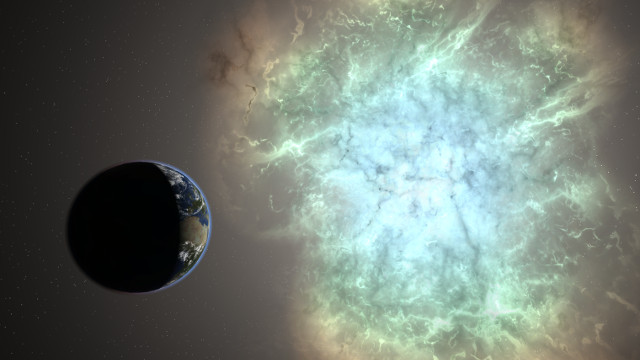Ever since I was a kid I’ve been fascinated by outer space. Its vastness and beauty led me to gaze at countless photos taken by the legendary Hubble Space Telescope with awe, and decorate my walls with the sight of planets and stars.
As I’ve grown older I’ve learned to extend my hobbyism beyond simply admiring photos, instead educating myself on physics and astronomy.…











